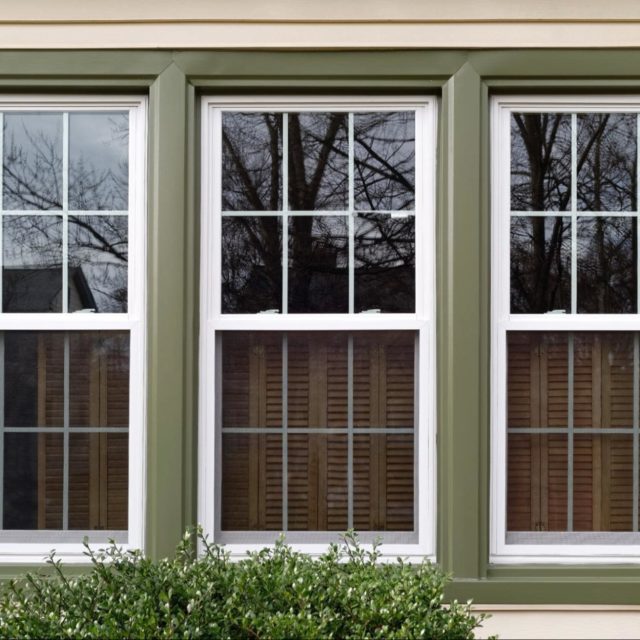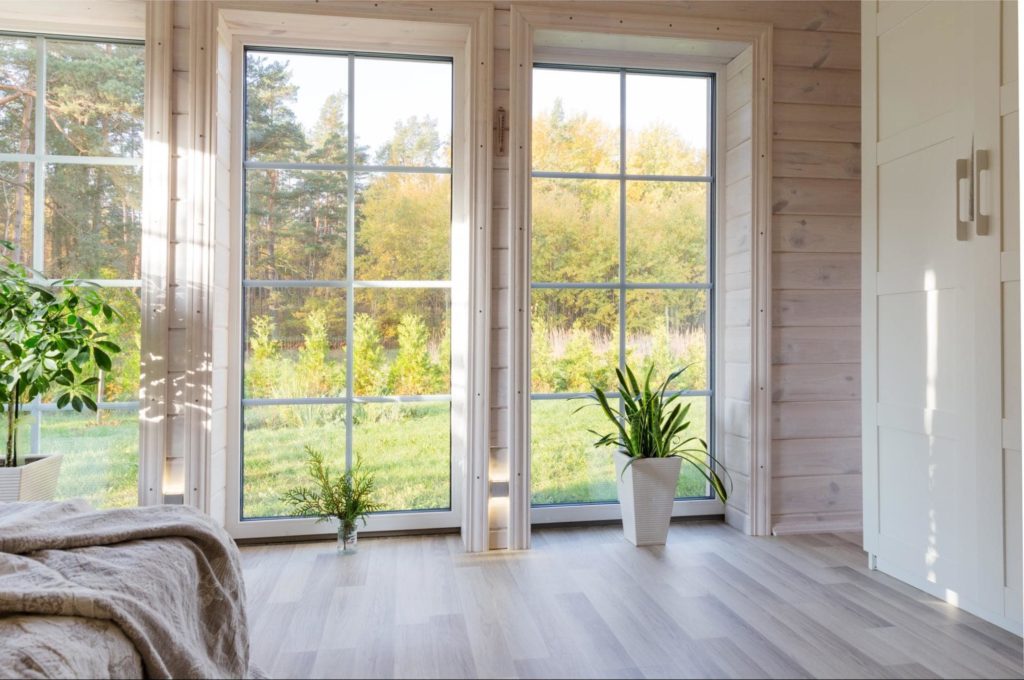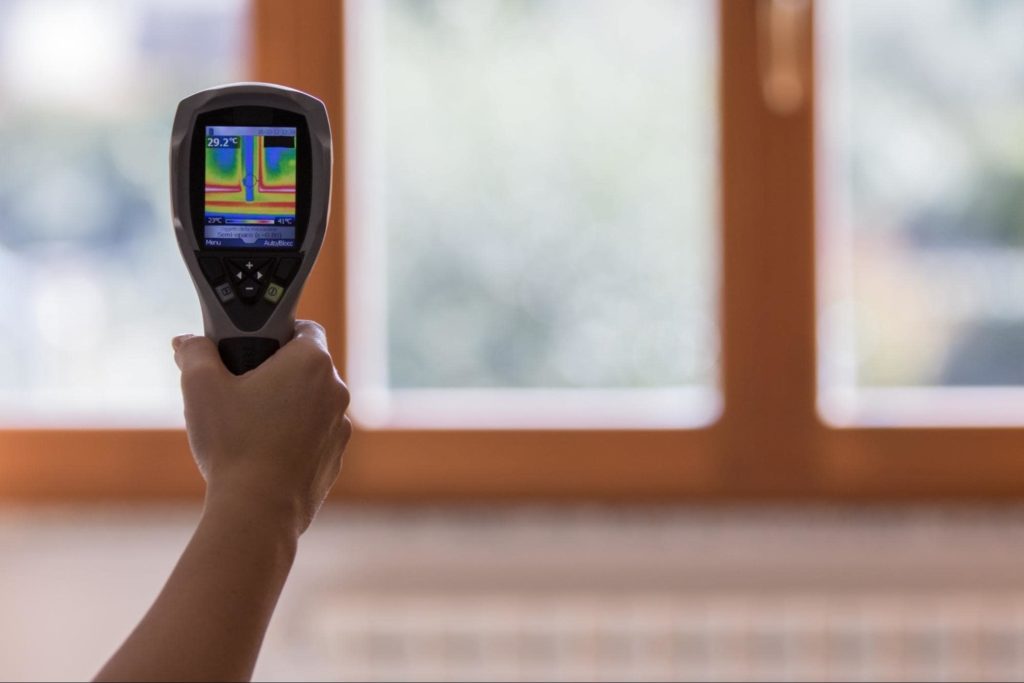What to Look for When Choosing Energy Efficient Windows

- Written by: jlbmdev

How your windows look is important. You want to make sure they match the style and aesthetic of your home. But energy efficiency is just as crucial to consider when shopping for new windows.
Upgrading your home’s windows comes with more than a few perks, as they’re good for the environment and may help lower your heating and cooling bills, giving you a greater return on investment. And since there are a lot of factors to consider when choosing energy efficient windows, this blog will explore what you should know and what to look out for when choosing the best energy efficient windows.
The U.S. Department of Energy estimates an annual savings of around $126-$465 by replacing single-pane windows in a house. Choosing energy efficient windows with proper installation means your home’s heating or cooling system doesn’t have to work as hard to regulate the temperature, saving you money in the long run.
By opting for green energy windows, you can also reduce your carbon footprint by as much as 3,839 compounds of CO2 a year. That’s roughly equivalent to 196 gallons of gasoline.

Some styles of window frames are less prone to heat and cold transfer than others. Wood is often cited as superior to aluminum in this way since metals conduct temperature easier than wood. However, that doesn’t always mean wood is the best option for every household.
We’ll explore the pros and cons of different materials below to help you choose the best energy efficient windows for your style and budget.
Vinyl is known to be one of the most cost-effective materials. Well-constructed and properly installed vinyl windows are a budget-friendly option for people focused on choosing energy efficient windows. The only major drawback to vinyl windows is that some homeowners don’t love the look of vinyl on their houses.
Wood is the best choice for people looking for maximum insulation. However, next to their vinyl and aluminum counterparts, wood often requires more upkeep and can be a bit pricier depending on fluctuating lumber prices.
Aluminum isn’t the top choice when looking for the best energy efficient windows. However, aluminum frames are durable and require little maintenance. Aluminum is prone to rust if left completely unkempt, so we recommend applying aluminum cleaner to the frames every now and then to remove excess moisture.
Wood-clad can be the best of both worlds for many homeowners. Usually consisting of a wood or vinyl exterior with a temperature transfer-resistant wood interior, this type of window is a good choice for most homeowners. However, wood-clad windows can be prone to water infiltration, especially in the sills and jambs, making them a better option for people residing in more temperate climates.

The design of a window doesn’t matter as much as the materials it’s made of, but it’s important to know your options, as some may work better than others depending on your home’s layout. Below is a list of three common types of window design:
Thankfully, you don’t have to leave it up to the manufacturer or play a guessing game when choosing energy efficient windows. Since green energy windows offer the promise of environmental gains (like a reduced carbon footprint), there is a standardized system and set of guidelines used for determining the energy efficiency and efficacy of a window.
ENERGY STAR is a government-backed and trusted symbol of efficiency. The ENERGY STAR label was established to reduce greenhouse gas emissions and other pollutants and make it easier for consumers to identify and purchase energy efficient products.
For a window to earn the ENERGY STAR label, it must meet the following specifications:
Low-E coating windows were developed to minimize the amount of ultraviolet and infrared light that can pass through the glass pane. With an extremely thin and transparent coating, low-E windows reflect long-wave infrared energy away from the inside of a home and back outside.
This helps regulate inside temperatures and can even protect furniture and personal items (such as photographs) from experiencing fading or damage from the sun.
NFRC stands for the National Fenestration Rating Council. This is a nonprofit organization established to standardize ways of testing the performance of windows and doors. When assessing NFRC window energy performance ratings, there are few factors to consider:
The U-Factor measures how well the window insulates. The SHGC measures how much of the sun’s heat comes through the window (it can range in value from 0 to 1). The lower the SHGC, the less solar heat the window lets in.
Choosing energy efficient windows doesn’t just save you money by lowering your monthly energy bill – it can also help you receive a tax credit. Qualified improvements include energy efficient exterior windows, doors, and skylights.
You may be able to earn these credits if you made energy-saving improvements to your primary home during any given taxable year.
Choosing energy efficient windows comes down to finding a qualified manufacturer that partners with expert contractors. No matter how energy efficient the window materials are, green energy windows could actually lead to a higher monthly energy bill (instead of a lower one) if installed improperly.